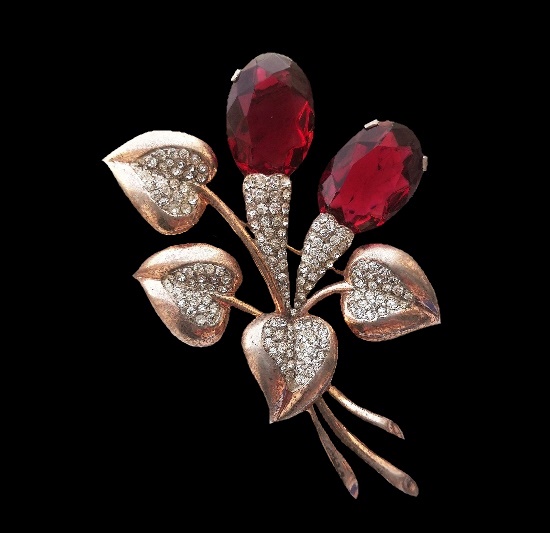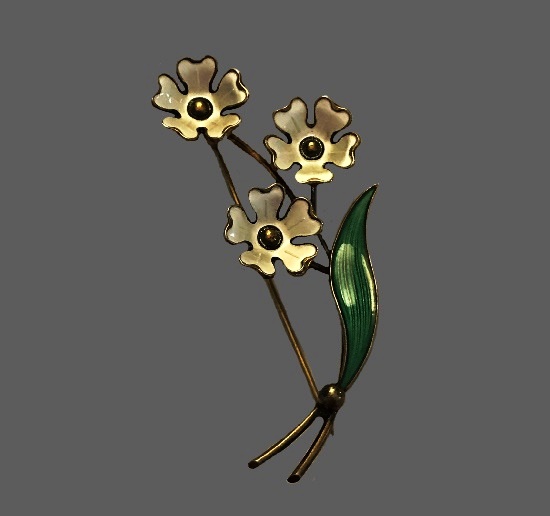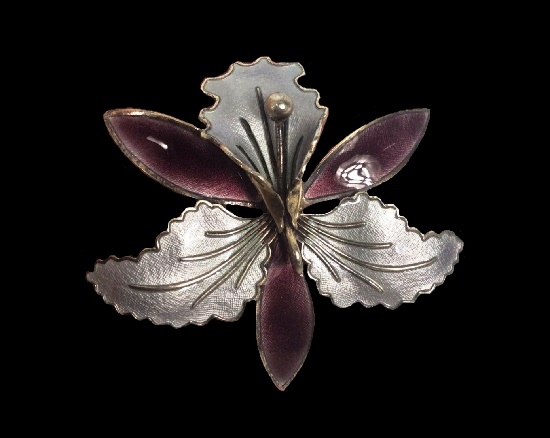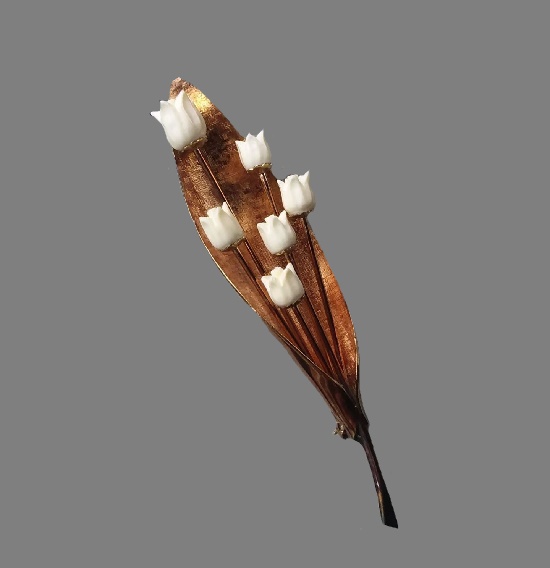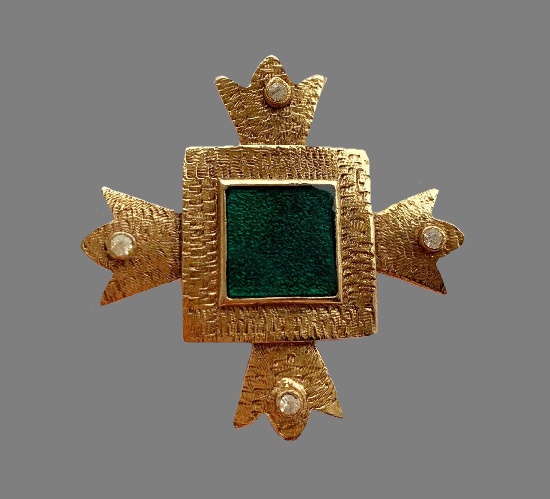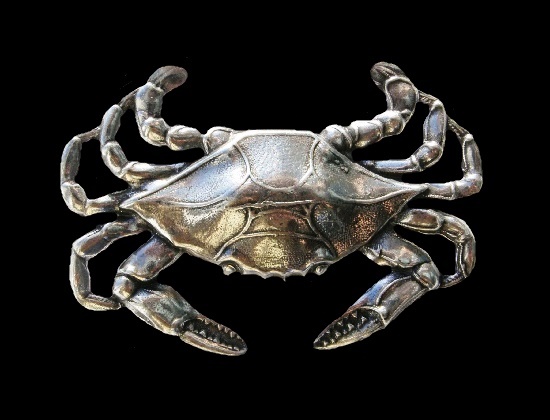Max Neiger vintage costume jewelry
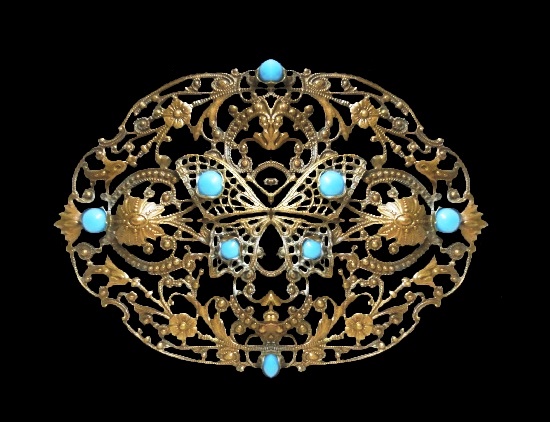
Filigree Art Deco butterfly brooch. Brass, enamel, faux turquoise. 8 cm. 1920s. Max Neiger vintage costume jewelry
Max Neiger vintage costume jewelry
The Czech Republic is the birthplace of many talented world’s famous jewelry designers. Among them, the Neiger brothers, Max and Norbert, who created their collections for 35 years. The brothers were born and lived most of their lives in the Czech town of Jablonec, the center of technical glass and costume jewellery production in Bohemia.
Norbert, after graduating from the Jablonec technical school in 1905, was the first to start a business, and later his younger brother joined him. Norbert handled the economics and Max was the designer. After the First World War, they produced jewelry only according to Max’s sketches. The demand for their high quality and highly artisan jewelry was great in Europe and America.
The fame of the high quality and modern design of the Neiger brothers’ jewelry spread quickly. Sales of products and the number of new customers grew. In 1926, the brothers expanded their jewelry production and moved to new, more suitable premises. By this time, they already had two dozen employees.
Noteworthy, the Neiger brothers did not label the jewelry they produced. They saw no need for this. Besides, the Ministry of Finance of the Czech Republic, by a decree of October 14, 1920 required marking only for items made of gold and silver.
Read more »
